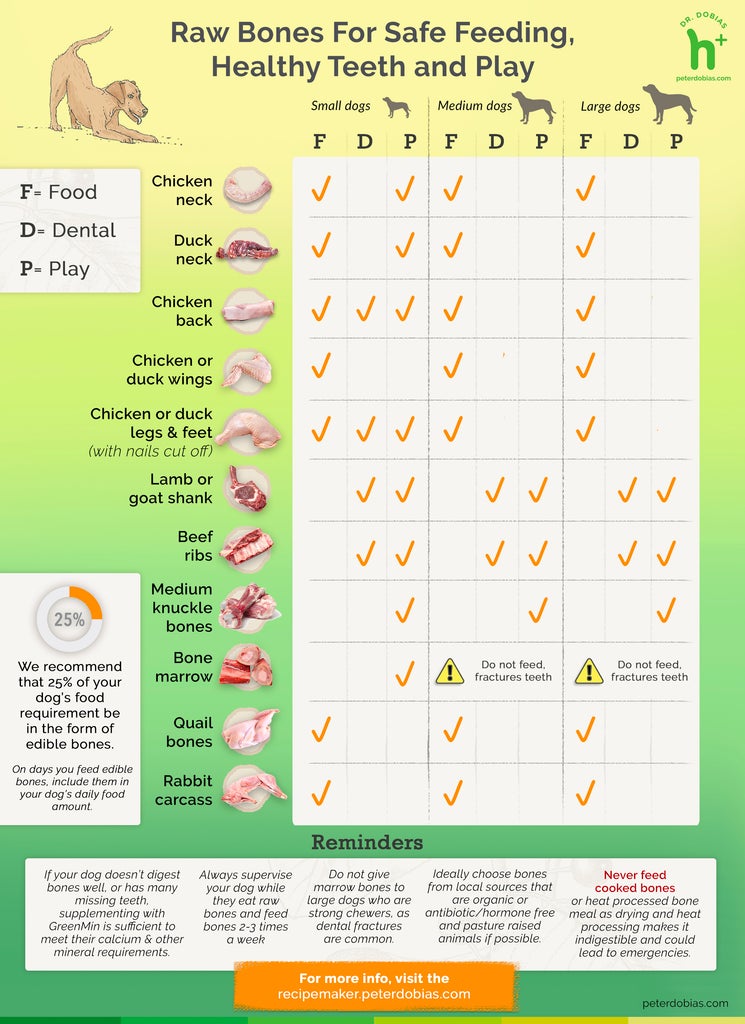
Why big bones aren’t best
Contents
FIFTEEN HUNDRED DOLLARS! “Are you kidding me?!”
This is one of the most common replies when my clients see a quote for a broken tooth repair from a dog dentist. Yes, repairing a dental fracture can be very expensive. That is why reading this blog post may save you lots of money.
What you need to know to reduce the risk
Avoid feeding beef, buffalo or bison shank bones. They are often harder than dog’s teeth. Most dogs will simply get carried away chewing on a large bone and may crack one of their teeth. This is how a two dollar marrow bone can turn into a painful and very expensive adventure.
I already hear some of you protesting: “But my dog loves big bones!! He likes to work at the bone marrow!”
Solving the dilemma
In reality, nature intended canines to hunt for birds, rodents, rabbits, goats and perhaps deer. Most dogs simply would not dare to come even close to a buffalo or a cow. With the exception of a pack of hungry Chihuahuas, most dogs simply do not like hanging on to the ankle of an angry bull.
The right sized bones can be very beneficial
However, if you want to avoid regular dental cleaning under anesthesia, the right sized bones can save Fido a lot of dental trouble and save you tons of money. I usually recommend feeding lamb or goat bones twice a week. The abrasive action of these hard but not too thick bones is perfect for keeping your dog’s teeth shiny without the risk of dental fractures.

Why I do not recommend junky dental bones
Many companies have come up with alternatives to dental bones. However, most of them are ineffective and loaded with artificial preservatives, wheat, starches and ingredients of questionable origin.
Real bones are the best option!
What to do if you discover a fractured tooth?
When my clients learned about feeding the right bones, I noticed that the number of fractured teeth dropped sharply. However, no matter what you do, your dog can crack a tooth by munching on a rock or having an accident of some sort.
I remember Roz, a German Shepherd that chased a ball and tried to catch it mid-air. Unfortunately, she missed the ball and bit a big cement block instead. She fractured several teeth and needed medical attention.
The rule of thumb is if you can, you should repair it. If a veterinary dentist is available in your area, he will give you the right suggestion. Many general practitioners also have suitable dental equipment, however, some over-prescribe extractions because they are not trained to do root canals.
Also, if a tooth is removed, the opposing one is usually affected by increased tartar build-up and gum disease. It will frequently be lost a few months or a year later.
Timely response is important
The sooner you can get the fractured tooth examined the better because a freshly fractured tooth can regenerate and stay alive by applying a cement cap. In most fractures, older than a few days, a root canal is most likely needed and sometimes an extraction may be the only solution.
Summary
- Raw bones are safe to feed.
- Never feed cooked or smoked bones because they are hard and indigestible.
- Feed the bones of medium-sized animals for optimal and safe cleaning effect.
- Beef, buffalo and other large bones are too hard and can cause dental fractures.
- Raw chicken bones are safe to eat, but too soft to clean teeth.
- It is okay for a dog to eat bone fragments. The stomach acid dissolves them and aids in complete dissolution and digestion.
- Fractured teeth should be restored if possible.
- Raw dental bones should be fed one to two times a week.